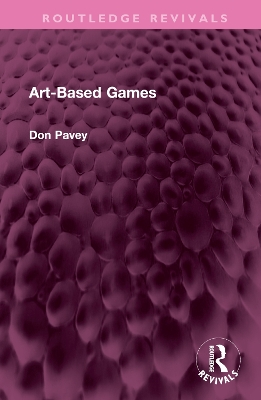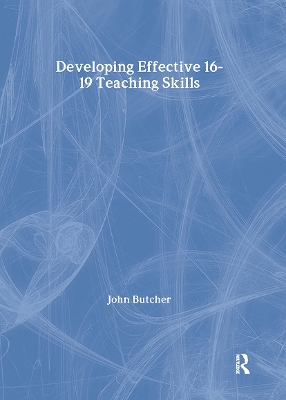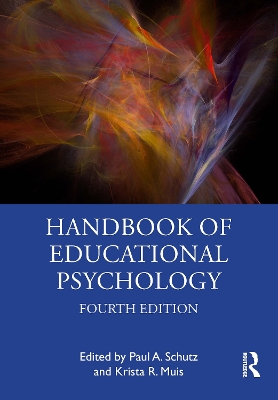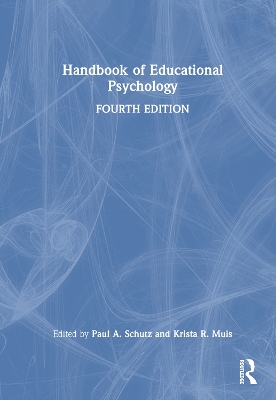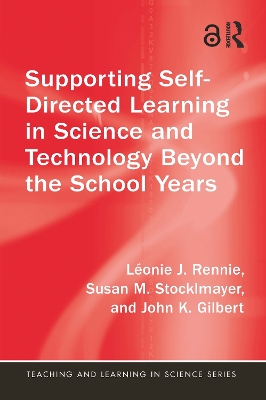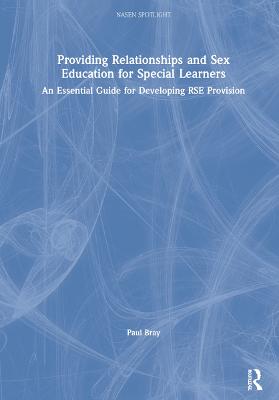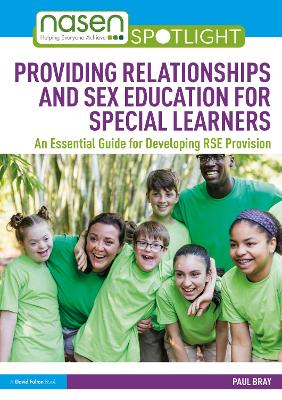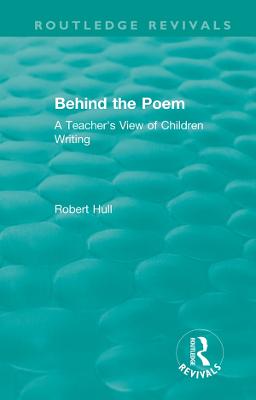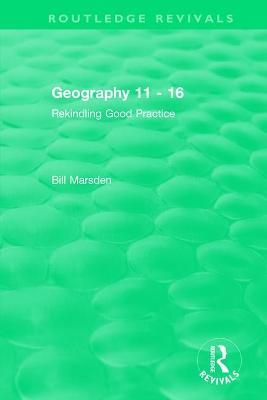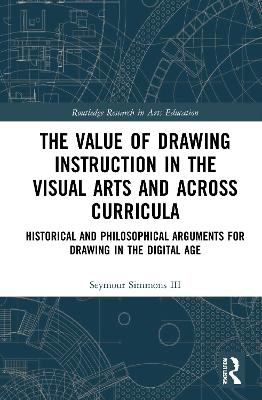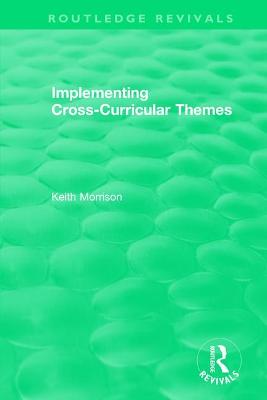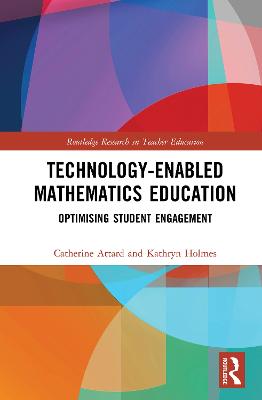Supporting Self-Directed Learning in Science and Technology Beyond the School Years
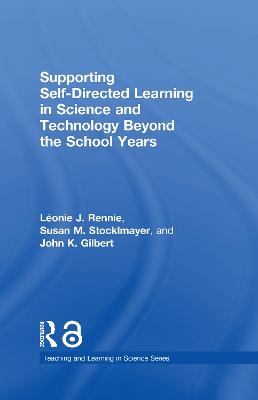 -10%
portes grátis
-10%
portes grátis
Supporting Self-Directed Learning in Science and Technology Beyond the School Years
Stocklmayer, Susan M.; Gilbert, John K.; Rennie, Leonie J.
Taylor & Francis Ltd
01/2019
210
Dura
Inglês
9781138353251
15 a 20 dias
453
Preface
Abstract
Reference
Chapter 1: What Are Science and Technology?
Abstract
The importance of science and technology
Scientific literacy and the public understanding of science
Finding a meaning for scientific literacy
What does it mean to be literate in science and technology?
Where does STEM fit?
What science and technology do people need to know?
Where can adults learn about science and technology and how can we help them?
References
Chapter 2: How Do Adults Learn Science and Technology?
Abstract
To what extent do adults learn science and technology?
Models of learning
Models underlying a classical view of pedagogy
Constructivism
Andragogy
Heutagogy
The main elements of the self-directed learning of science and technology
Theories of motivation and self-determination
Individual engagement with science and technology
References
Chapter 3: Learning to Deal with Medical Issues
Abstract
Seeking solutions to health problems
Ana's story: First pregnancy
Penny's story: An "invisible disability"
Mary's story: A lifelong challenge
Commentary on the three case stories
References
Chapter 4: Pursuing Personal Interests - Learning through Hobbies
Abstract
Pursuing a life-long hobby
Richard's Story: Building a Logie Baird televisor
Michael's Story: Creating Complex Jewellery
Pursuing Environmental Interests
Tina's Story: Surprise encounter with a bumblebee
Paulette's Story: Opaque Aquifers and Other Matters
Commentary on the four case stories
References
Chapter 5: Learning to Help Others
Abstract
Helping children
Paul's story: pop-up dinosaurs
Liz's story: Science for Mothers
The explainers
Tiki's story: Interpreting plants
Kristen's story: In the galleries
Warren's story: A science of place
Commentary on the five case stories
References
Chapter 6: Learning for Work
Abstract
Learning in and for the workplace
Hugh's story: An experience of life-long learning
Ketan's story: Understanding controversy
Keith's story: Life is a garden
Commentary on the three case stories
References
Chapter 7: Learning Through a Diversity of Approaches: The Case of the Moon Diary
Abstract
Introduction
The influence of learning styles and multiple intelligences
Free pathways and motivation
The Moon Diary assignment
Initial responses: from confusion to elation
Choosing the theme
Reflections
References
Chapter 8: Resources for Self-Directed Learning
Abstract
How self-directed learners use resources
Media resources
Printed resources
Electronic mass media
The Internet and social media
Quality of information portrayed by mass media
People as resources - experts, friends, peers and colleagues
Experts in the field
Friends, peers, and colleagues
Course-taking and teachers
Internet e-learning platforms
Self-directed learning at education institutions
Personal resources
References
Chapter 9: Learning from New Media
Abstract
Characteristics of new media
Learning via the Internet: The digital divide
Motivation to search the Internet
Checking facts
Focused searching
Exploration and discovery
Learning about science through new media: Social networks
Hazards of new media
Judging a credible source
Helping people to learn from the Internet
References
Chapter 10: Supporting Self-directed Learning in Science and Technology
Abstract
Introduction
Essential skills for effective self-directed learning
Prerequisite personal resources for self-directed learners
Motivation toward the chosen task
Active engagement in learning
Self-efficacy as a learner
Partnerships for learning
Mentoring relationships
Varieties of mentorship
Learning relationships in our case stories
Learning relationships and online media
How to support self-directed learners
Likely supporters of self-directed learners
Educators providing formal learning experiences
Specialists and community liaison people
Staff in the educational sections of cultural organisations
Effective communication
References
Chapter 11: Advancing the Cause of Adult Literacy in Science and Technology
Abstract
Science in the school curriculum
Dealing with science and technology in everyday life
Technology in the school curriculum
The curricular relevance of STEM and STEAM
The relevance of an integrated curriculum
Developing literacy in science and technology
Increasing "Science Capital"
Providing knowledge and skills to facilitate universal scientific literacy
Achieving the goals of lifelong learning in science and technology
References
Preface
Abstract
Reference
Chapter 1: What Are Science and Technology?
Abstract
The importance of science and technology
Scientific literacy and the public understanding of science
Finding a meaning for scientific literacy
What does it mean to be literate in science and technology?
Where does STEM fit?
What science and technology do people need to know?
Where can adults learn about science and technology and how can we help them?
References
Chapter 2: How Do Adults Learn Science and Technology?
Abstract
To what extent do adults learn science and technology?
Models of learning
Models underlying a classical view of pedagogy
Constructivism
Andragogy
Heutagogy
The main elements of the self-directed learning of science and technology
Theories of motivation and self-determination
Individual engagement with science and technology
References
Chapter 3: Learning to Deal with Medical Issues
Abstract
Seeking solutions to health problems
Ana's story: First pregnancy
Penny's story: An "invisible disability"
Mary's story: A lifelong challenge
Commentary on the three case stories
References
Chapter 4: Pursuing Personal Interests - Learning through Hobbies
Abstract
Pursuing a life-long hobby
Richard's Story: Building a Logie Baird televisor
Michael's Story: Creating Complex Jewellery
Pursuing Environmental Interests
Tina's Story: Surprise encounter with a bumblebee
Paulette's Story: Opaque Aquifers and Other Matters
Commentary on the four case stories
References
Chapter 5: Learning to Help Others
Abstract
Helping children
Paul's story: pop-up dinosaurs
Liz's story: Science for Mothers
The explainers
Tiki's story: Interpreting plants
Kristen's story: In the galleries
Warren's story: A science of place
Commentary on the five case stories
References
Chapter 6: Learning for Work
Abstract
Learning in and for the workplace
Hugh's story: An experience of life-long learning
Ketan's story: Understanding controversy
Keith's story: Life is a garden
Commentary on the three case stories
References
Chapter 7: Learning Through a Diversity of Approaches: The Case of the Moon Diary
Abstract
Introduction
The influence of learning styles and multiple intelligences
Free pathways and motivation
The Moon Diary assignment
Initial responses: from confusion to elation
Choosing the theme
Reflections
References
Chapter 8: Resources for Self-Directed Learning
Abstract
How self-directed learners use resources
Media resources
Printed resources
Electronic mass media
The Internet and social media
Quality of information portrayed by mass media
People as resources - experts, friends, peers and colleagues
Experts in the field
Friends, peers, and colleagues
Course-taking and teachers
Internet e-learning platforms
Self-directed learning at education institutions
Personal resources
References
Chapter 9: Learning from New Media
Abstract
Characteristics of new media
Learning via the Internet: The digital divide
Motivation to search the Internet
Checking facts
Focused searching
Exploration and discovery
Learning about science through new media: Social networks
Hazards of new media
Judging a credible source
Helping people to learn from the Internet
References
Chapter 10: Supporting Self-directed Learning in Science and Technology
Abstract
Introduction
Essential skills for effective self-directed learning
Prerequisite personal resources for self-directed learners
Motivation toward the chosen task
Active engagement in learning
Self-efficacy as a learner
Partnerships for learning
Mentoring relationships
Varieties of mentorship
Learning relationships in our case stories
Learning relationships and online media
How to support self-directed learners
Likely supporters of self-directed learners
Educators providing formal learning experiences
Specialists and community liaison people
Staff in the educational sections of cultural organisations
Effective communication
References
Chapter 11: Advancing the Cause of Adult Literacy in Science and Technology
Abstract
Science in the school curriculum
Dealing with science and technology in everyday life
Technology in the school curriculum
The curricular relevance of STEM and STEAM
The relevance of an integrated curriculum
Developing literacy in science and technology
Increasing "Science Capital"
Providing knowledge and skills to facilitate universal scientific literacy
Achieving the goals of lifelong learning in science and technology
References

